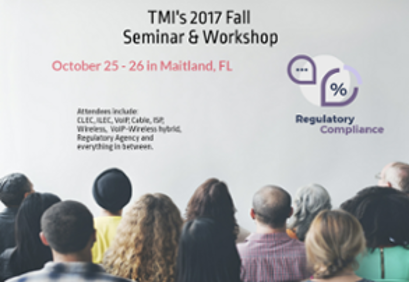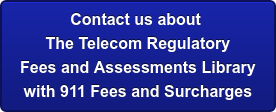 People who work at a variety of locations often see different phone systems at each office. Individual phone systems may have a different code to get an outside dial tone. Many offices require you to dial 9 first, while others require you to dial 8. I went to an office that used 7 as the outside line prefix, while another required using a “star” (like “*7”). One company I worked at had tie lines between PBXs that required dialing a tie line code, but I am probably dating myself with that reference.
People who work at a variety of locations often see different phone systems at each office. Individual phone systems may have a different code to get an outside dial tone. Many offices require you to dial 9 first, while others require you to dial 8. I went to an office that used 7 as the outside line prefix, while another required using a “star” (like “*7”). One company I worked at had tie lines between PBXs that required dialing a tie line code, but I am probably dating myself with that reference.
An odd situation occurred when my employer replaced the PBX with a VoIP system. One benefit was I could take my phone home or to another office and receive calls dialed to my own number. The system had other great features, as well. Who would go back to a traditional PBX after this? The phone connected to the host in the home office, and a call to 911 would pass along the home office location, no matter where the phone was actually located. Well, they plastered a big sticker on the phone that said “DO NOT USE TO CALL 911." Problem solved?
Accidental emergency calls are easy when directly calling 911 is enabled and the offices use 9 as its outside line code. I worked in one office where the telecom administrator changed the outside line code to 8 after the fire department responded to more than a reasonable number of accidental calls and threatened to fine them. I have seen signs in company break rooms, by the state and federal labor notices, explaining how to dial for emergency services, often it’s not simply 911. These signs don’t work very well if an emergency happens outside the break room.
 The issue of how to dial 911 gained high-profile attention in 2015 after a murder in a motel room in East Texas. The victim’s young child tried to dial 911 several times, not knowing that she needed to dial “9” first. The Texas legislature passed “Kari’s Law” which requires enterprise communications systems in businesses and hotels to enable calls to 911 without preceding digits. Other states have followed suit. Most PBX manufacturers are making the changes to their equipment to enable 911 calls and most major hotel chains have changed their systems.
The issue of how to dial 911 gained high-profile attention in 2015 after a murder in a motel room in East Texas. The victim’s young child tried to dial 911 several times, not knowing that she needed to dial “9” first. The Texas legislature passed “Kari’s Law” which requires enterprise communications systems in businesses and hotels to enable calls to 911 without preceding digits. Other states have followed suit. Most PBX manufacturers are making the changes to their equipment to enable 911 calls and most major hotel chains have changed their systems.
Congress and the FCC have taken notice of the different dialing methods in enterprise communications systems. Both houses of Congress have passed a version of a bill known as Kari’s Law. This bill is in conference to resolve the differences. It is likely this bill could be passed this year.
On September 26, 2017, the FCC issued a notice of inquiry PS Docket 17-239 asking for input on the issues of dialing, and the differing information that these systems pass on to the public safety answering points (PSAPs) like the caller location and the number to call back if the call is disconnected. The bill may also require that someone within the organization served by the PBX be alerted when a 911 call is made and an emergency contact be designated for each system or location.
Currently, the FCC does not have explicit jurisdiction over the corporate telephone technicians who configure private phone systems or even the manufacturers of these systems. This may change if Kari’s Law is passed. If your company or organization has an internal PBX, there may be changes coming.
At Technologies Management, Inc., we will continue to monitor this and other regulatory matters for the Voice Communications industry. Watch for updates!
Learn more about our Fall 2017 Seminar & Workshop. Click on the image below.






